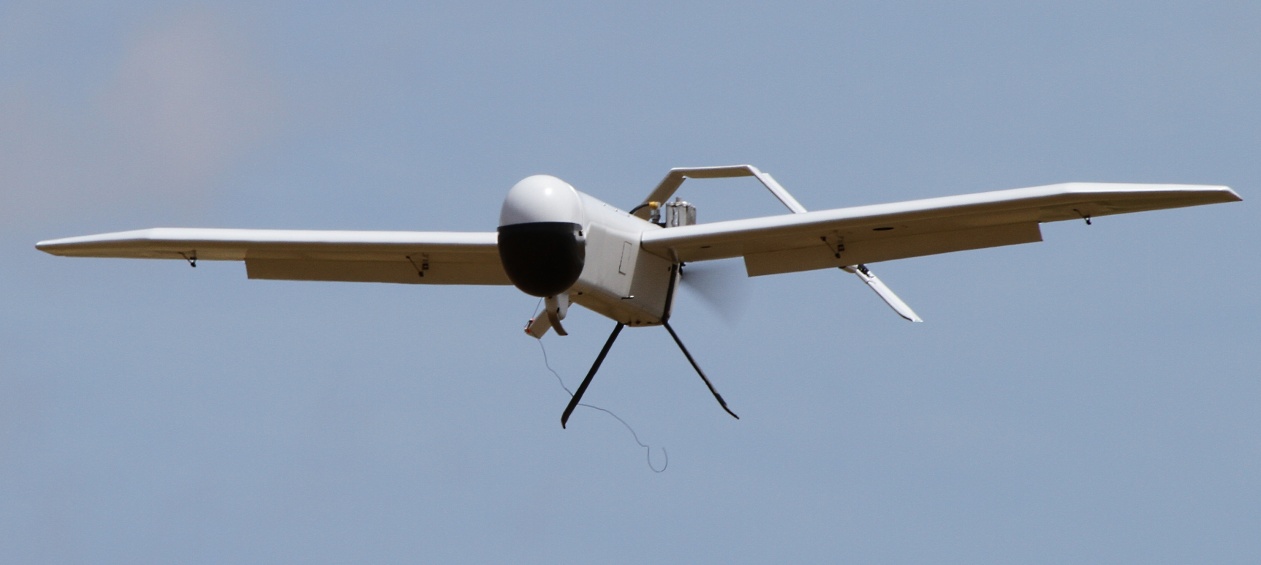Droidworx, maker of excellent multicopter frames, is moving from Australia to Queenstown, New Zealand. From its website:
"Droidworx has moved it operation to New Zealand; we are now established here and have been focusing on some new manufacturing processes as well as working
on some current projects with Kimberly from Photohigher – firstly finalizing the 360 series of airframe mount combination, which are almost complete, and now
finalizing the cinema series airframes; the CS6 ad CS8. There is also a new offering for Droidworx, which is the revamped tilt only mount which Photohigher will
call (the AV100). Concept-X is also now in the final stages of industrial design and ready for tooling . We’ll be taking the time here to explore other possibilities
for droidworx to further increase the creative potential for the growing and dynamic multi-rotor industry.”
Interestingly, Helen Greiner, the co-founder of iRobot, also named her new quadcopter company Droid Works. But after some legal advice regarding use of trademarks from Lucas/Star Wars empire, she renamed it CyPhyWorks. The Lucas folks protect the word "Droid" pretty fiercely, and the mobile phone called the Droid in the US was approved only with a big payment to Lucas. I wonder if Droidworx will hear from Lucas eventually, too.
(via Multiroter News)


